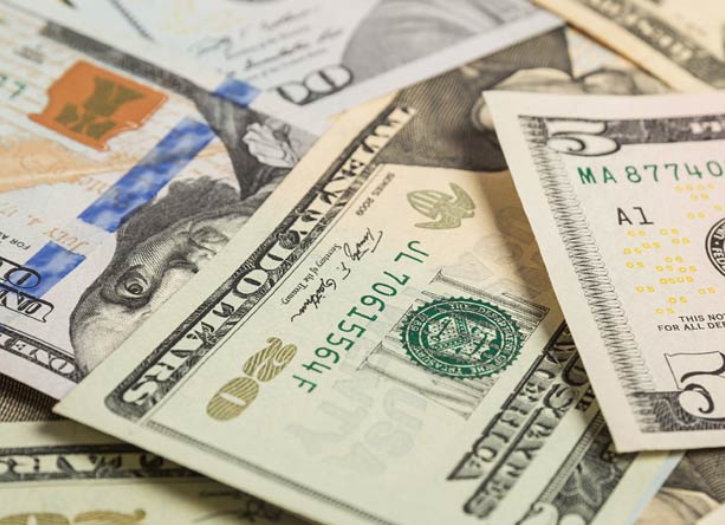The gender pay gap in the United States is a measure comparing the earnings of men and women in the workforce. The average female annual earnings is around 80% of the average male’s.
Any given raw wage gap can be dissected into an explained part, due to differences in characteristics such as education, hours worked, work experience, and occupation, and/or an unexplained part, which is typically attributed to discrimination, differences not controlled for, individual choices, or a greater value placed on fringe benefits. This may be further explained when America takes into account that men are more likely to negotiate for higher pay.
According to a study by Carnegie Mellon, when negotiating pay, 83% of men negotiated for a higher wage compared to the 58% of women who asked for more. Researchers say that women who do request either a raise or a higher starting salary are more likely than men to be penalized for those actions. Cornell University economists Francine Blau and Lawrence Kahn stated that while the overall size of the wage gap has decreased somewhat over time, the proportion of the gap that is unexplained by human capital variables is increasing.
Using Current Population Survey (CPS) data for 1979 and 1995 and controlling for education, experience, personal characteristics, parental status, city and region, occupation, industry, government employment, and part-time status, Yale University economics professor Joseph G. Altonji and the United States Secretary of Commerce Rebecca Blank found that only about 27% of the gender wage gap in each year is explained by differences in such characteristics.
A 1993 study of graduates of the University of Michigan Law School between 1972 and 1975 examined the gender wage gap while matching men and women for possible explanatory factors such as occupation, age, experience, education, time in the workforce, childcare, average hours worked, grades while in college, and other factors. After accounting for all that, women were paid 81.5% of what men “with similar demographic characteristics, family situations, work hours, and work experience” were paid.
Similarly, a comprehensive study by the staff of the U.S. Government Accountability Office found that the gender wage gap can only be partially explained by human capital factors and “work patterns.” The GAO study, released in 2003, was based on data from 1983 through 2000 from a representative sample of Americans between the ages of 25 and 65.
The researchers controlled for “work patterns”, including years of work experience, education, and hours of work per year, as well as differences in industry, occupation, race, marital status, and job tenure. With controls for these variables in place, the data showed that women earned, on average, 20% less than men during the entire period 1983 to 2000. In a subsequent study, GAO found that the Equal Employment Opportunity Commission and the Department of Labor “should better monitor their performance in enforcing anti-discrimination laws.”
Photo Credit: Shutterstock







Add Comment